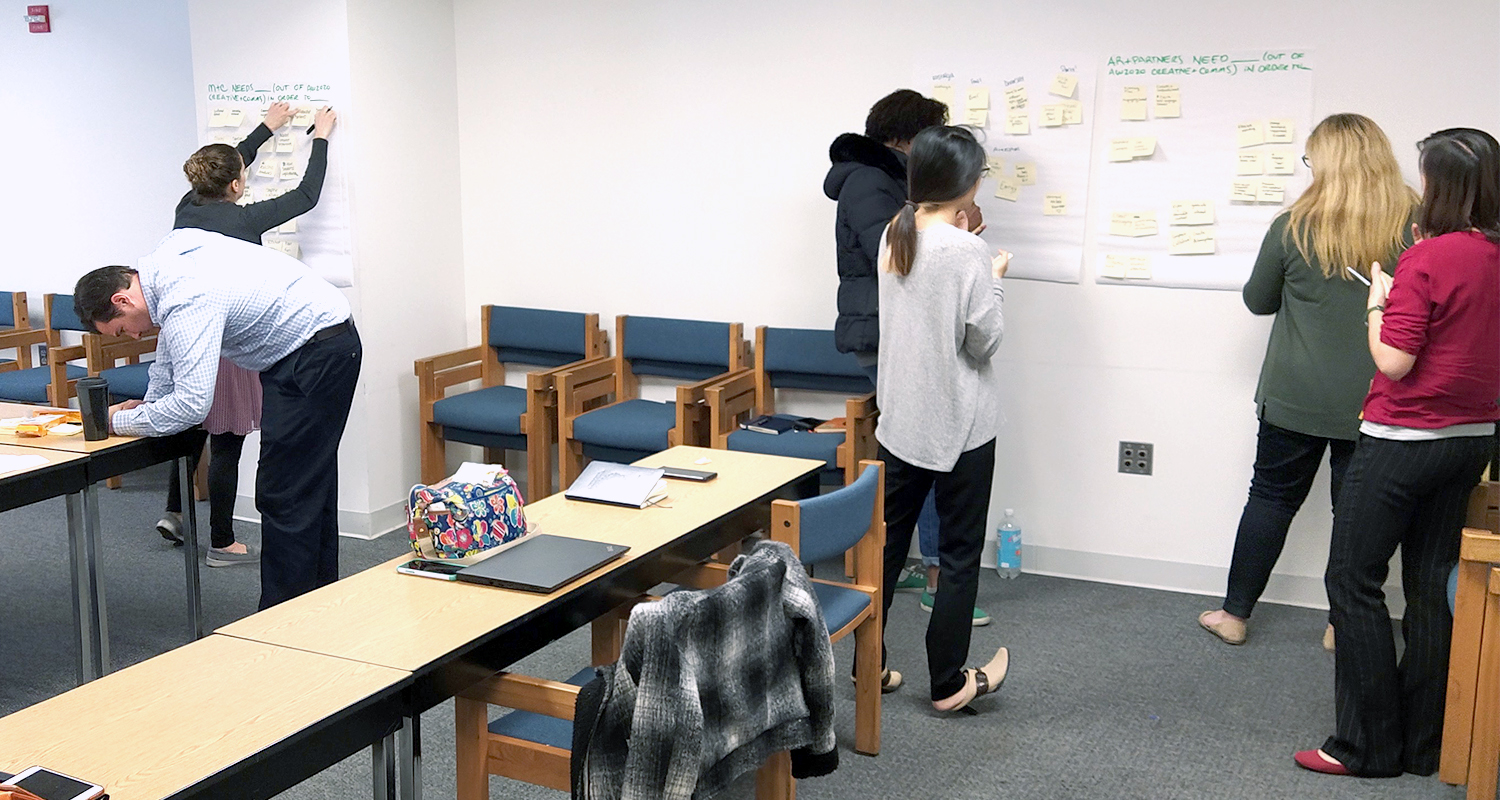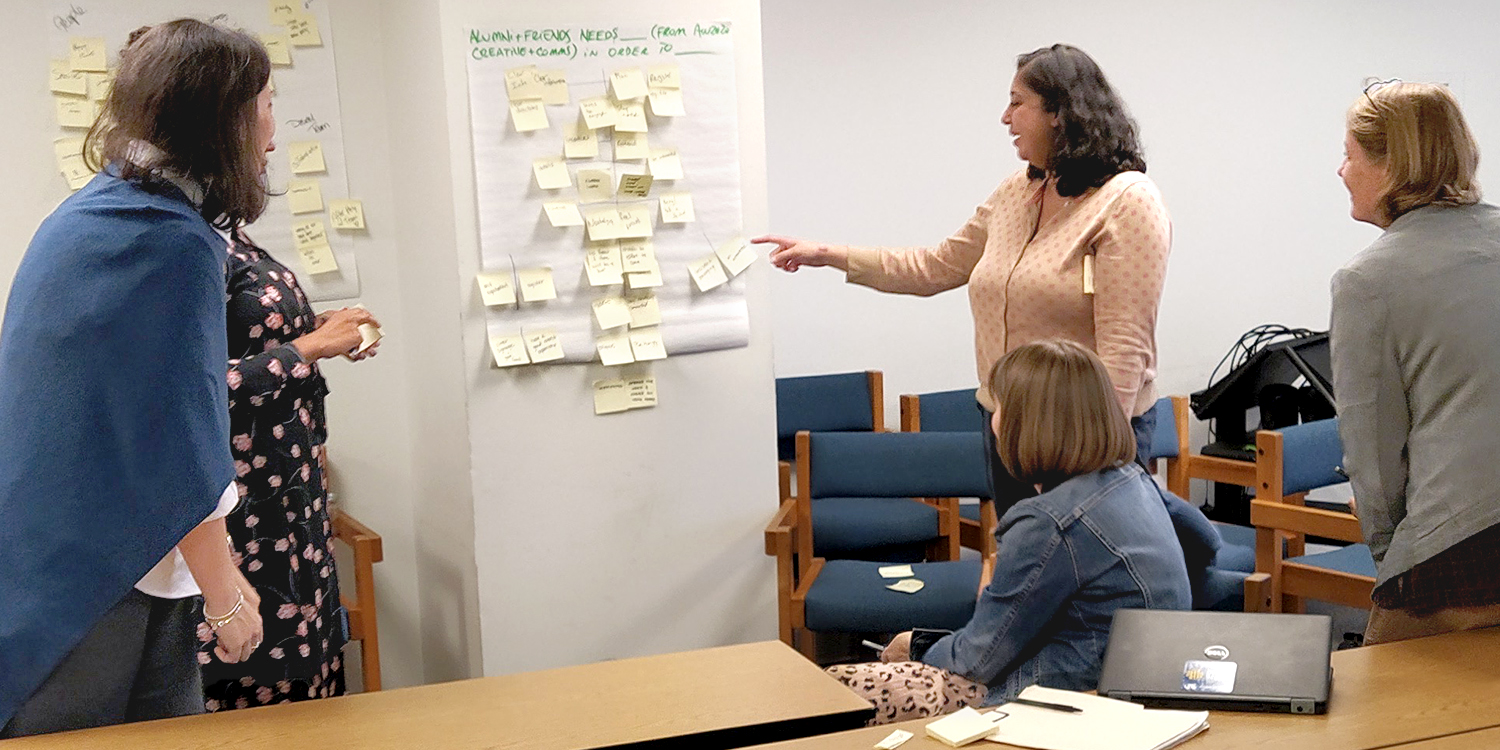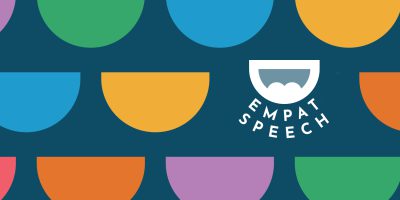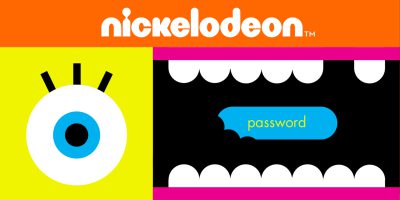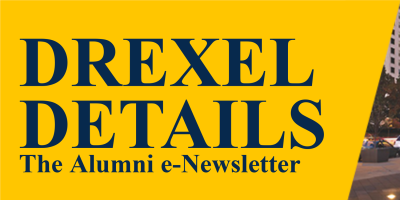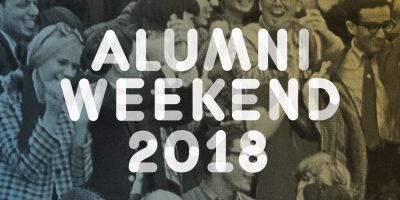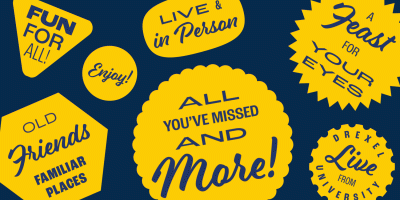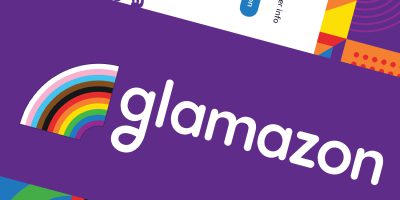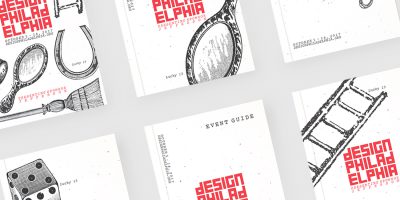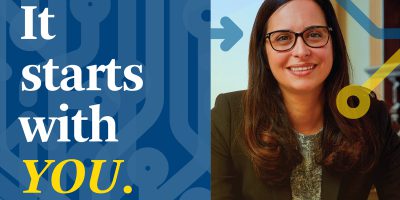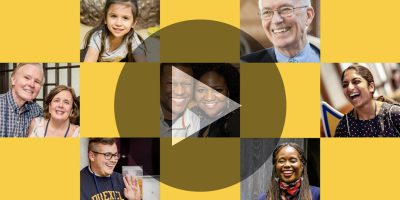When I joined Drexel University’s Office of Institutional Advancement, my first goal was to learn how I could make a positive impact on my team. I met with key peers within the Marketing and Communications team (M+C), with colleagues in other teams, and with our leadership, to identify opportunities for improvement. I also audited the work that had been produced prior to my joining the team. I identified the following issues:
- Leadership and partners were eager for someone to help them elevate the creative work; they had grown accustomed to getting just what they asked for and wanted someone to push back and push forward.
- The M+C team felt siloed, saw little cross-disciplinary collaboration, and worked in an assembly-line mode rather than collaboratively.
- There was no effort to produce creative solutions that were systematic, thematic, and efficient; each communication was produced in isolation, even within large signature events.
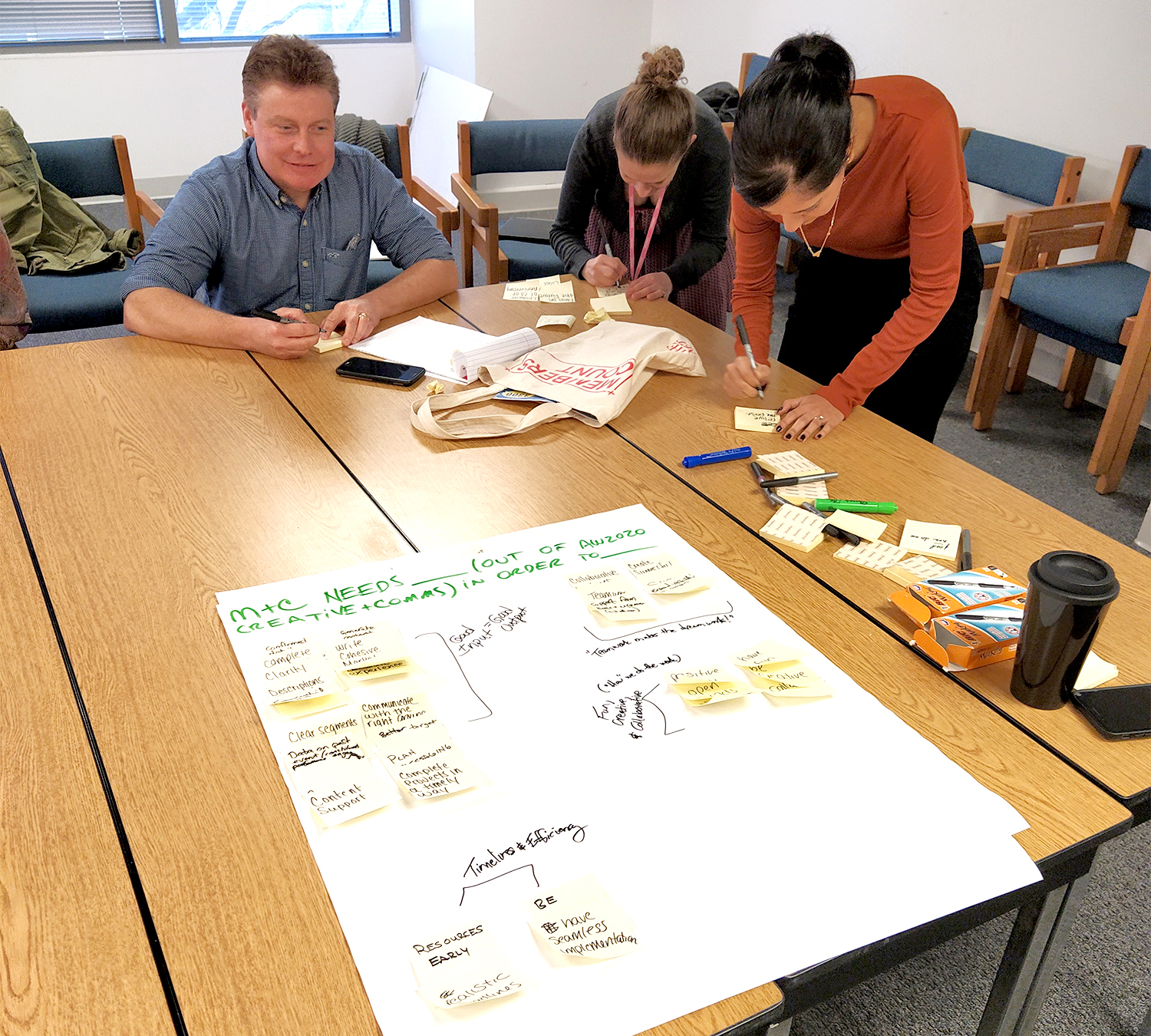
I focused my tenure at Drexel on pushing the team to be more collaborative. I introduced several tools and tactics, but the most effective was the introduction of brainstorming and Design Thinking. While it took a lot of effort to convince my peers and to develop the Design Thinking session, it was a very tactile way of showing the power of collaboration. I began facilitating in-person sessions with Post-its and Sharpies, and when the pandemic hit we seamlessly adapted to online sessions via Mural.
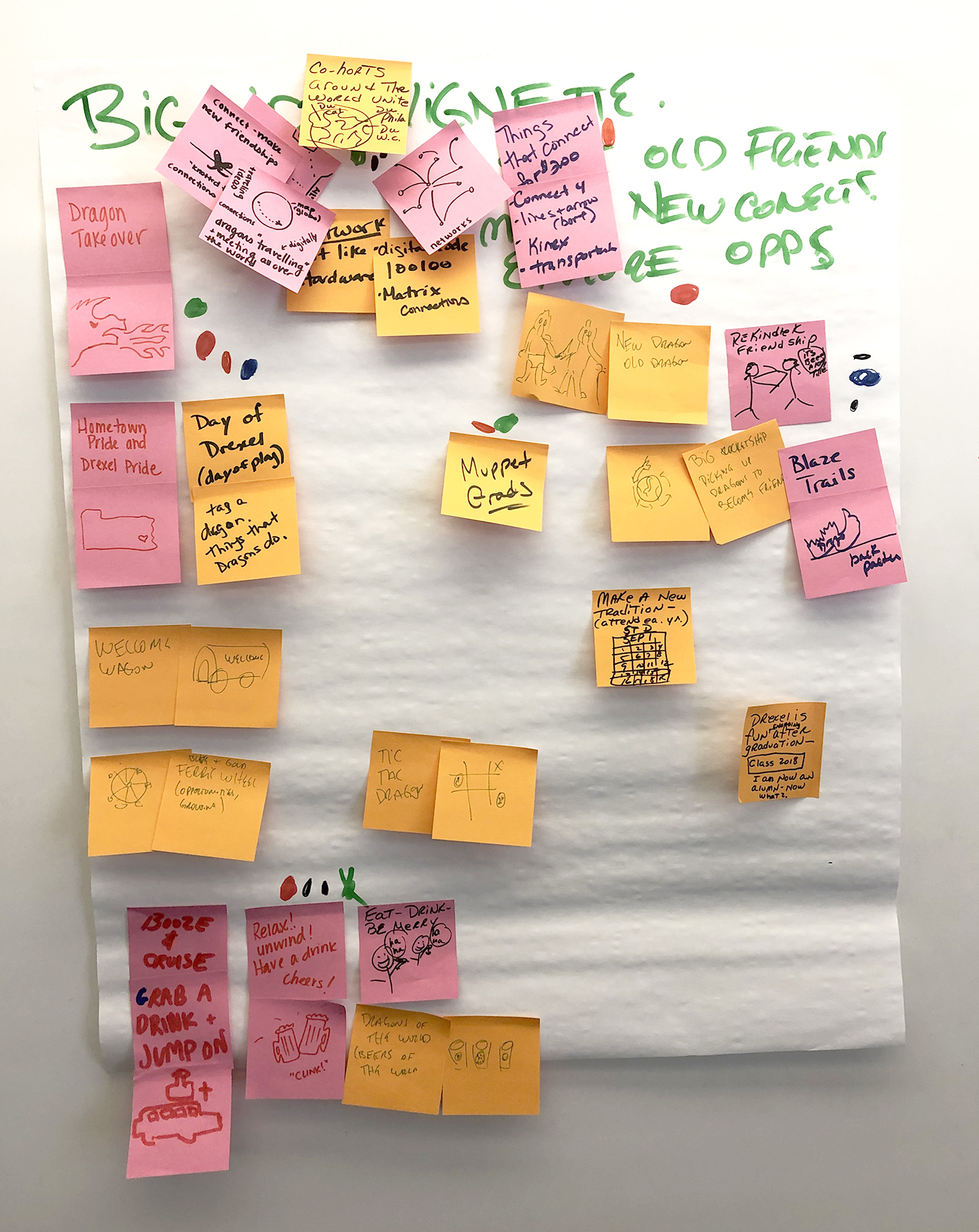
Additionally, I introduced several tools and tactics to increase the quality of our work. Some of these included:
- When appropriate, we developed and presented multiple concepts; for the M+C team it meant that we pushed ourselves to produce greater work, and for our partners, it meant that they could give us their input before we locked into a specific direction.
- I worked with our IT team to build a shared file system so the visual team could document our work and collaborate on projects more efficiently.
- We began to plan and iterate collaboratively, rather than having a bare-bones marketing plan and finished copy before the visual team began designing.
- I encouraged the visual team to be more assertive, ask more questions, and push to elevate our work
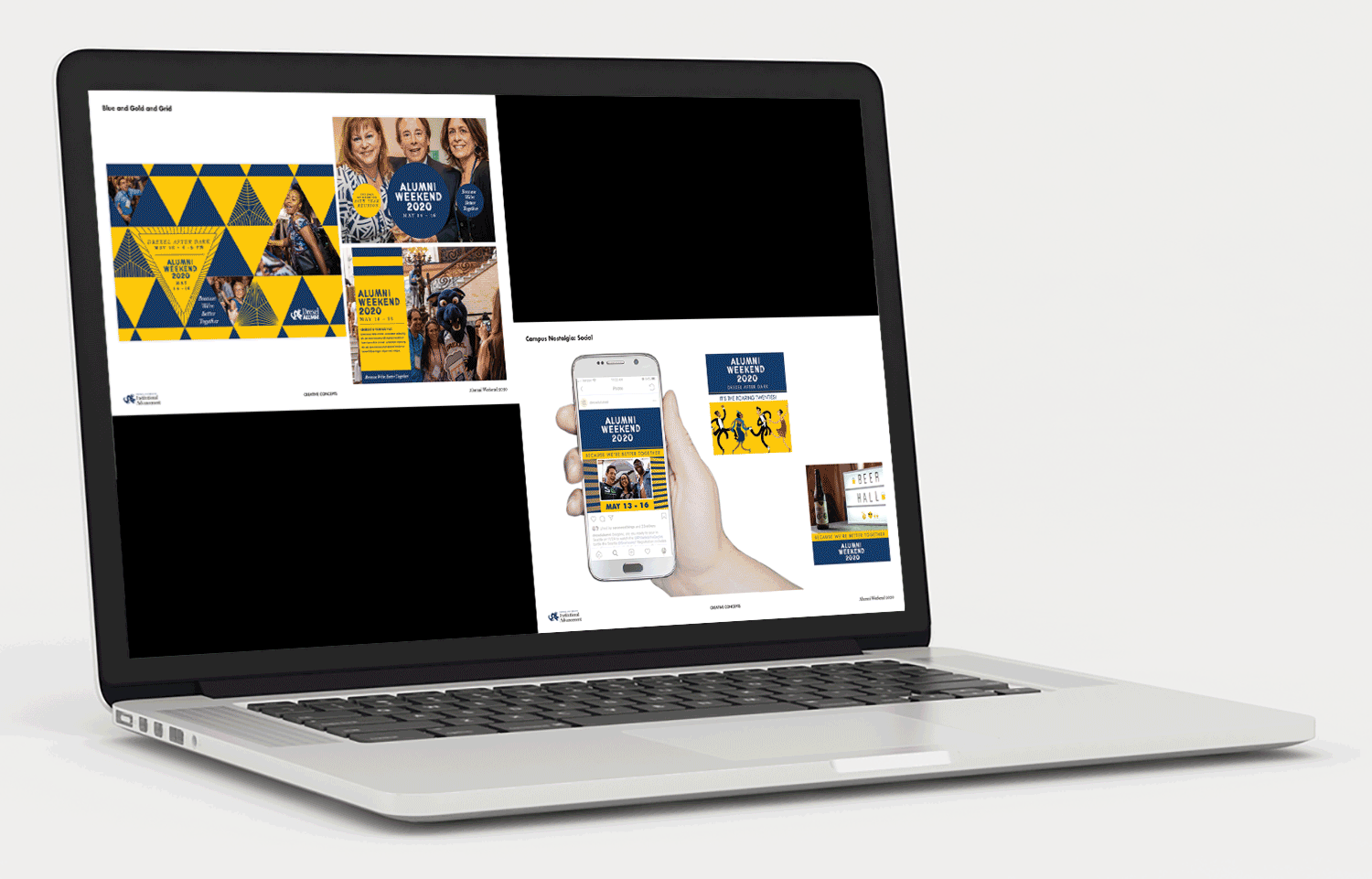
At first, the team and our partners expressed their concerns with all the changes I introduced; they had become comfortable with the previous methods and oversaw the issues. With each success, I demonstrated the value of these changes and they expected more improvements. After our first collaborative session, the M+C team was eager for more; one colleague expressed that she had tried to introduce similar processes unsuccessfully and was happy I was able to implement them; another colleague who focused on operations thanked me for including her and admitted she felt creative for the first time.
These ideation sessions catalyzed other positive changes. We spent more time brainstorming strategies and tactics beyond the creative concepts. We spent more time front-loading our creative explorations to produce cohesive systems for each event, and developing our marketing strategies and tactics so we could have a cohesive arch of messaging for each initiative. We got in the habit of presenting multiple concept options to our partners so we could take their input and they knew what to expect. Our partners, in turn, were happy with the results and expected a higher level of work—once we were short on time and resources and presented a single concept, our partners called us out and asked us to stick to our successful process.
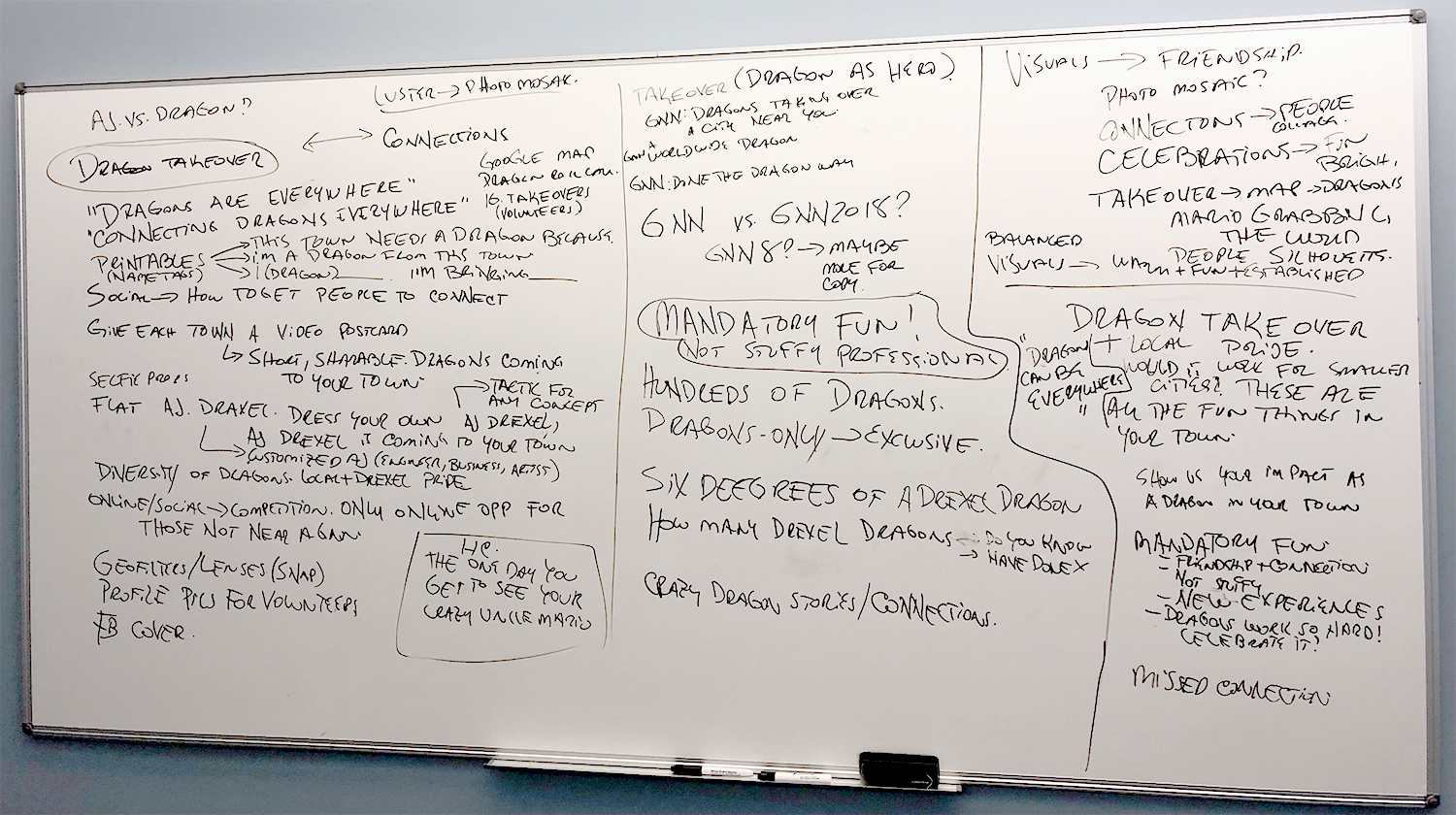
These benefits spread to smaller initiatives as well. While not all events required a deep conceptual exploration, the team was now used to establishing goals and strategy, discussing the project needs upfront rather than producing each component on demand, to collaborate with other team members, and to find opportunities for efficiency.
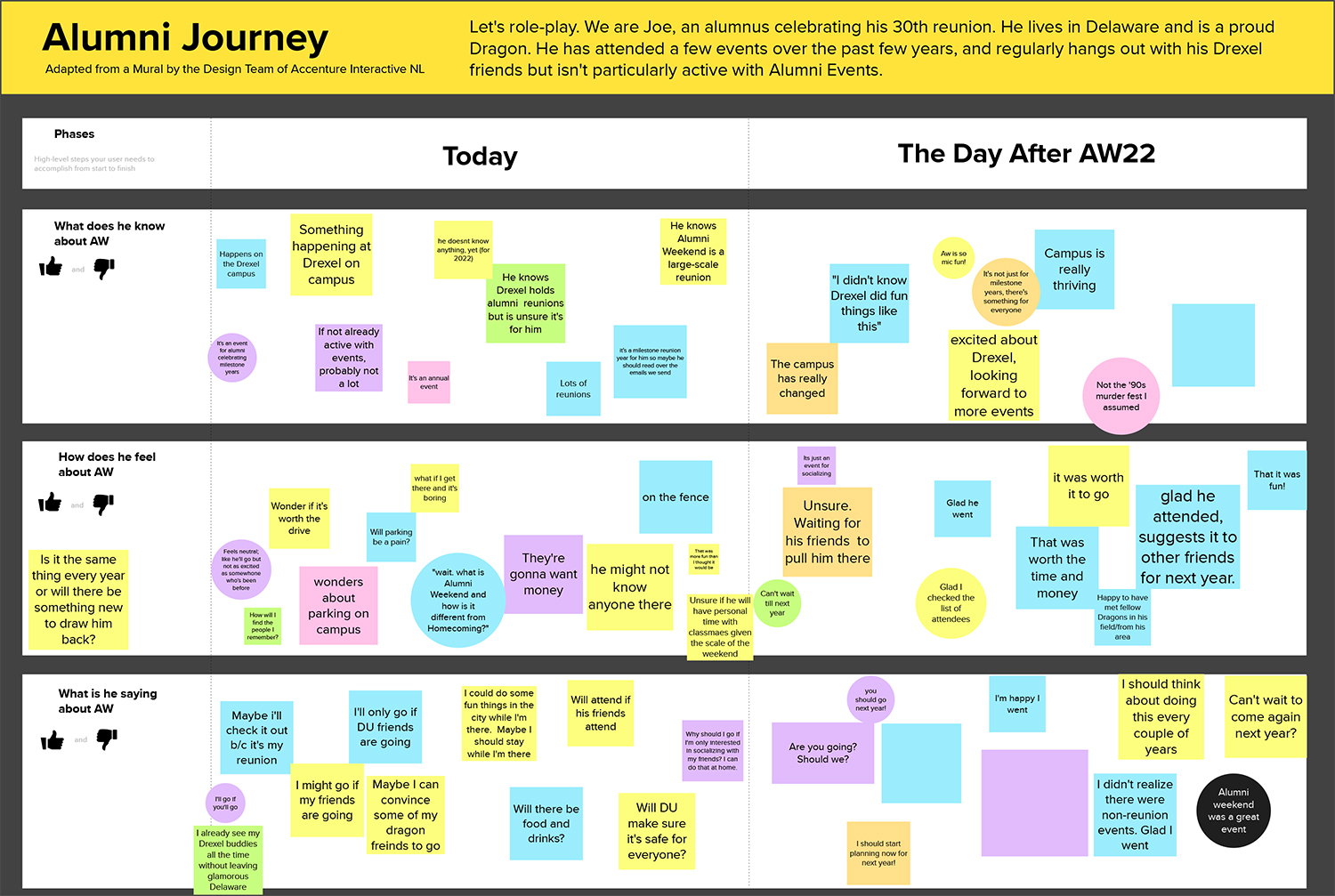
Outcome
- We saw more collaborative explorations, even when we didn’t include brainstorming or design thinking in the process; we had established a bias for collaboration regardless of process or medium.
- Our partners were happy to see the cohesive proposals we produced and were thankful that we delivered creative quicker, more predictably, and with their input.
- Another advantage of front-loading the creative process is that we required fewer dedicated resources and could more easily allocate projects to whoever had the bandwidth with minimal guidance.
- The quality of the work increased; both qualitative and quantitative data showed the new approach improved our operations and engagement.
- Since I had introduced design thinking and brainstorming for creative explorations, the team was primed to use these tools for other needs.
